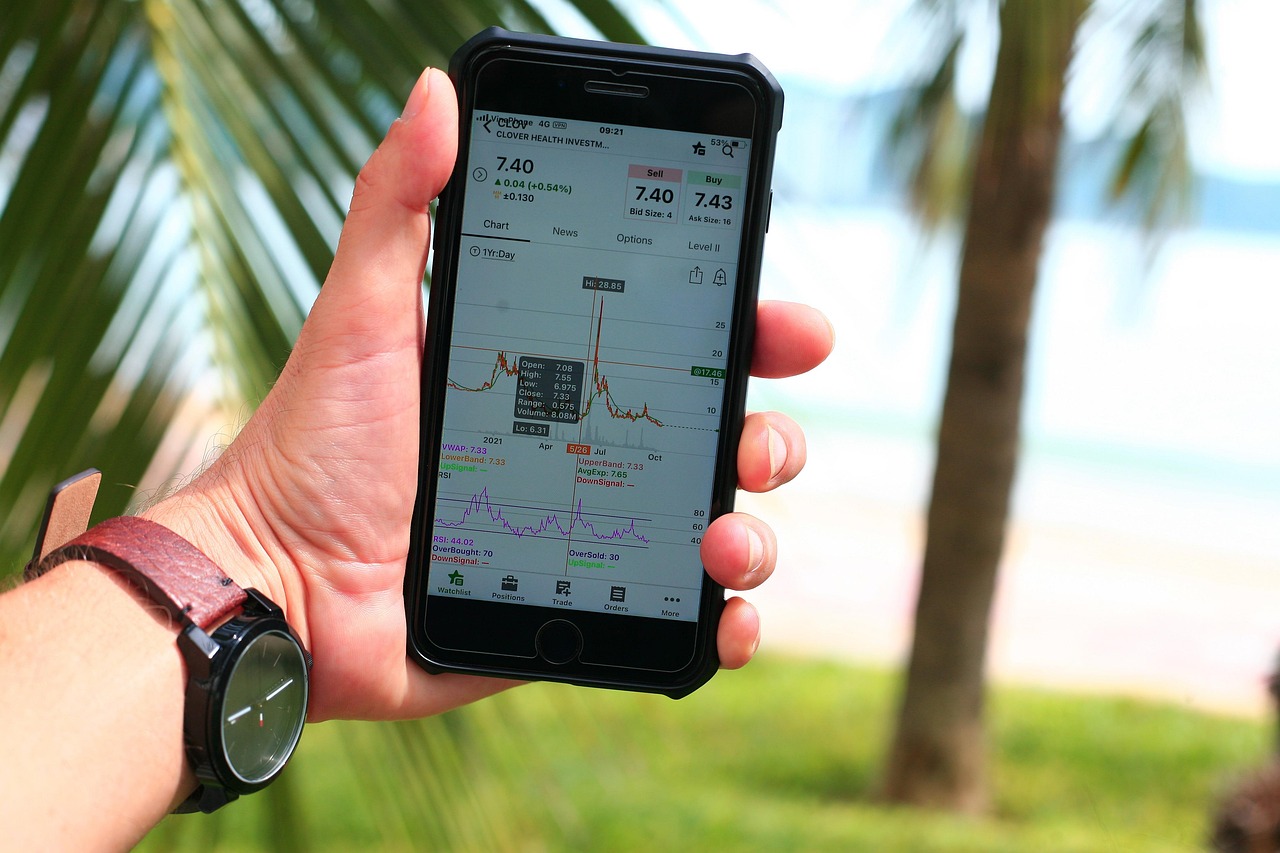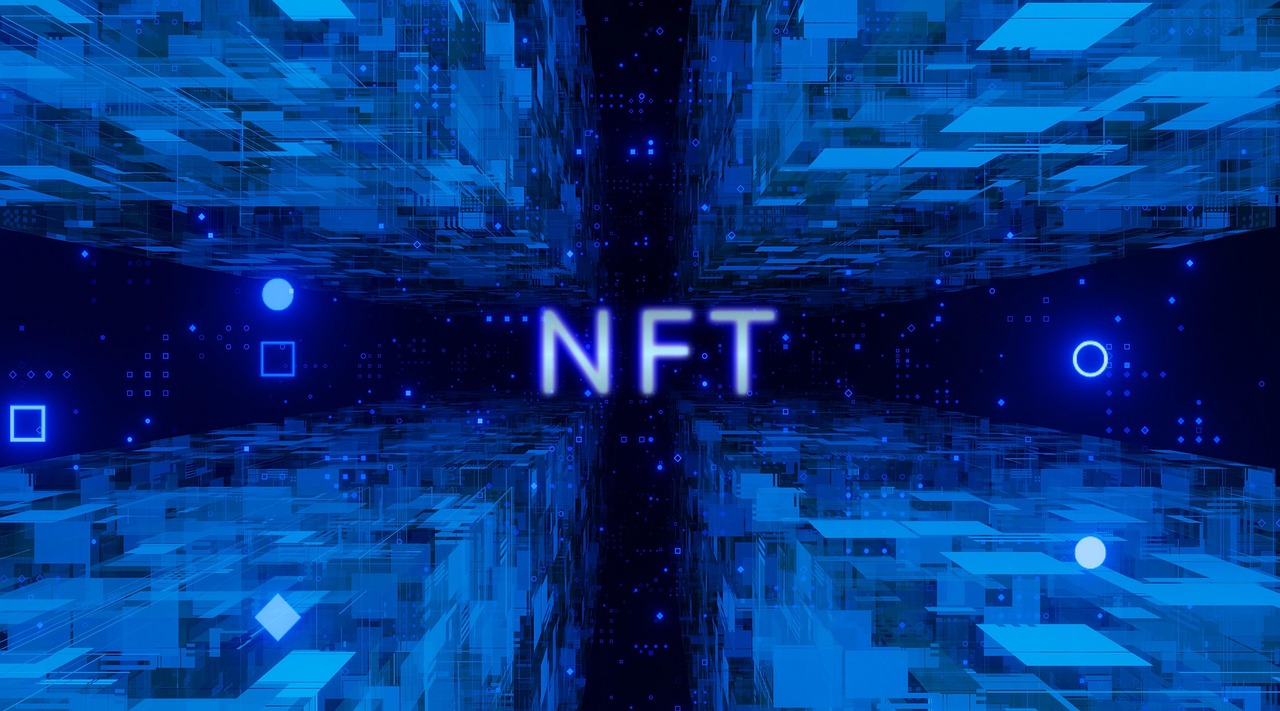Zip Integrates BNPL into Utility Company Apps: A Strategic Expansion in Financial Technology

Zip, a prominent player in the Buy Now, Pay Later (BNPL) industry, has taken a strategic step forward by integrating its services into utility company applications. This integration represents a significant development in the financial technology sector, as it broadens the scope of BNPL services beyond traditional retail purchases and into everyday essentials such as electricity, water, and gas utilities.
BNPL services have gained substantial traction globally, particularly among younger consumers who prefer flexible payment options. By allowing consumers to spread the cost of purchases over time without interest, BNPL has disrupted traditional credit models. Zip’s integration into utility company apps marks a novel application of this service, potentially changing how consumers manage recurring expenses.
Utility companies, traditionally seen as conservative in adopting new technology, are increasingly recognizing the value of integrating financial services that can enhance customer satisfaction. By partnering with Zip, these companies can offer their customers flexible payment plans, potentially reducing the burden of large utility bills and improving on-time payment rates.
- Strategic Benefits for Zip: The integration allows Zip to tap into a vast and consistent market. Utility bills are a recurring expense for consumers, providing Zip with a stable revenue stream and increased user engagement.
- Advantages for Utility Companies: By offering BNPL options, utility companies can differentiate themselves in a competitive market. Enhanced customer satisfaction and retention are potential benefits, as they provide a more manageable way for customers to handle their financial obligations.
- Consumer Impact: For consumers, this development means increased flexibility in managing household budgets. It provides a cushion against unpredictable financial strains, particularly during times of economic uncertainty.
The global context for this integration is significant. As the BNPL market continues to expand, it is estimated to reach a value of $1 trillion by 2025, according to financial analysts. This growth is driven by increased consumer demand for flexible payment solutions and the digital transformation of financial services. Zip’s entry into the utility sector is a clear indication of the BNPL industry’s potential to diversify and innovate.
It’s important to note that while BNPL offers numerous advantages, it also raises concerns about consumer debt and financial literacy. Regulatory bodies in various countries are scrutinizing BNPL services to ensure consumer protection is upheld. Zip and its utility partners will need to navigate this regulatory landscape carefully, ensuring transparency and responsible lending practices.
Technologically, integrating BNPL into utility company applications involves several challenges. It requires robust API connections, secure data handling, and adherence to industry standards for financial transactions. Utility companies must ensure their digital platforms are equipped to handle these integrations seamlessly, providing a smooth user experience.
In conclusion, Zip’s integration of BNPL services into utility company apps is a pioneering move that underscores the evolving nature of financial technology. By venturing into essential services, Zip not only expands its market reach but also sets a precedent for future applications of BNPL. As this integration unfolds, it will be crucial for all stakeholders to maintain a focus on consumer protection and technological excellence.














